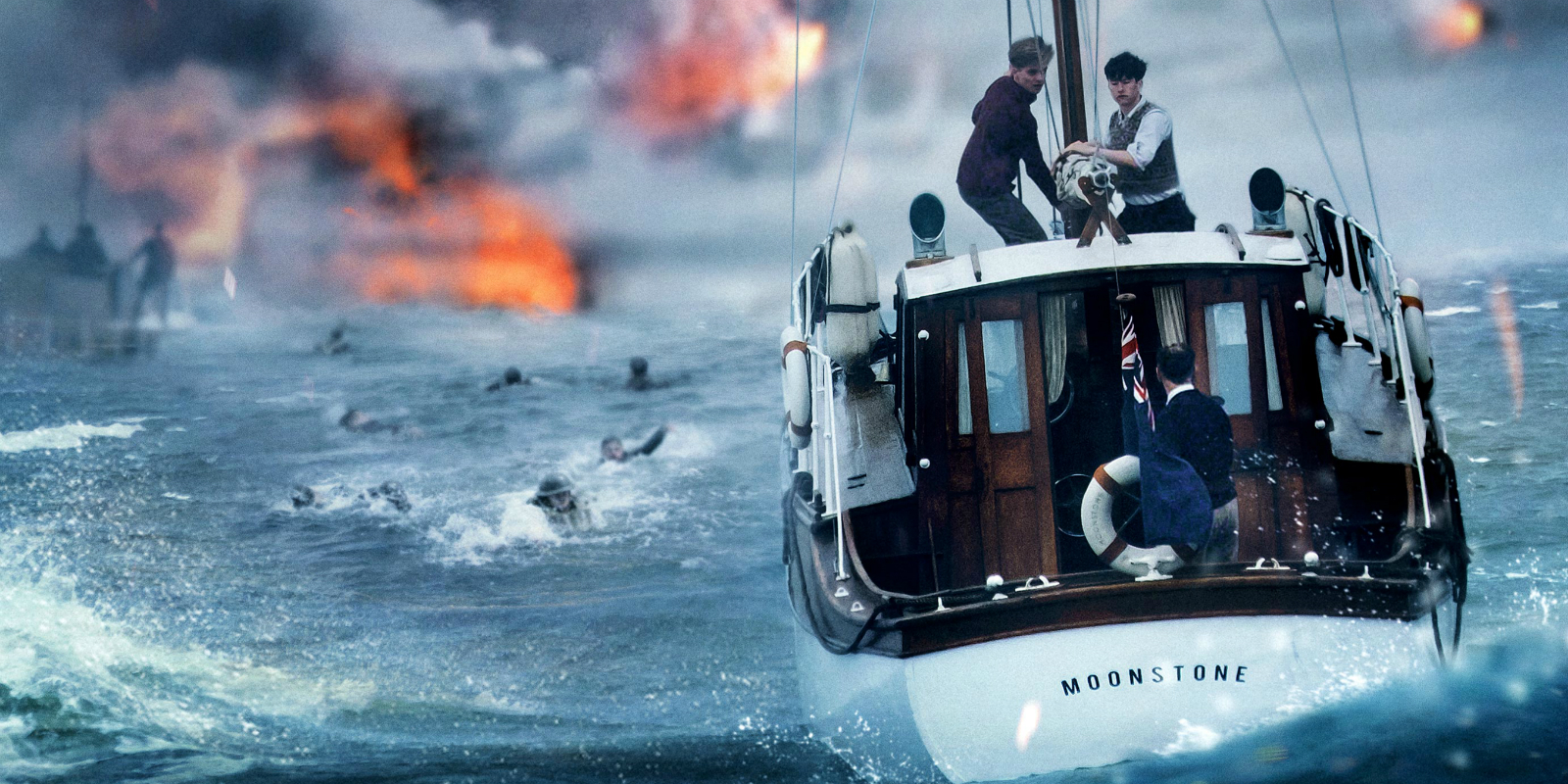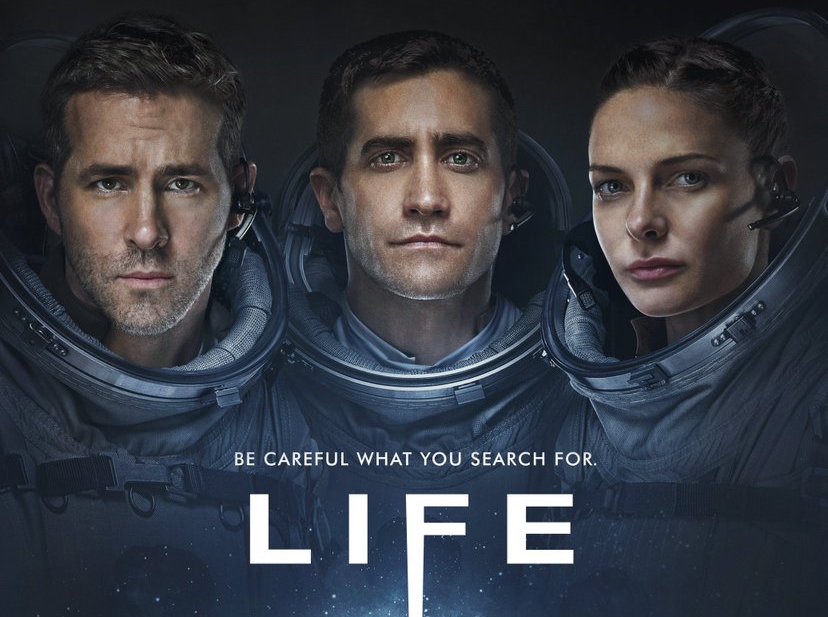
Dunkirk

Christopher Nolan has built a reputation for being a director with a unique vision, never afraid to bring distinctive, ultra-creative and cerebral dimensions to his films, offering audiences around the globe an experience in theatres boasting an intensity rarely matched (after all, isn’t it what the art of cinema is all about?). And his latest piece of work, Dunkirk, (which some are not afraid to call “masterpiece”) is no exception, if not – and bare with us on this one – his best movie yet.
What at first seems like “just another war movie”, is already being praised by critics, who, for most, already consider it “a tour de force”. So what makes Dunkirk, a 106-minute feature film (Nolan’s shortest movie since his 1998 Following) about the British’s harrowing rescue mission to evacuate some 400,000 Allied soldiers trapped in Northern France with German forces dangerously closing in during World War II, different?
One thing is for sure, it has nothing to do with Harry Styles’s appearance, which here, is merely a detail, but more with Nolan’s talent for shaping a story that brilliantly plays with time, perspective and imagery.

Another demonstration of Christopher Nolan’s genius
With Dunkirk, Christopher Nolan proves once again that he is a master of visual storytelling. Where most screenwriters would be put off by a lack of dialogues in their movies, Nolan breaks this preconception by almost completely stripping his film of conversations or even backstories that would just get in the way of the true purpose of the film: showing “the visceral reality of Dunkirk”. Plus, it also means less melodrama, which too often goes hand in hand with war movies.
By emphasizing on “war as it is experienced rather than on how it is strategized”, Dunkirk is “humanizing despite its monumentality” as it possesses “visual sweep and emotional intimacy”. “Even without much dialogue, and perhaps because of that, this is a brilliant example of the art of screenwriting at its essence.” “First and foremost a mood-piece, and a hugely effective one.”
Add to the mix a structure that is anything but basic made of “three timelines that move at different speeds” resulting in a “meticulous and mesmerising” narration, as well as beautiful shots featuring “some incredibly tense, thrilling sequences” enriched by being recorded on large-format film (which has an immense impact on the texture of the image) and you get “one enormous, stunningly rendered and thunderously intense set-piece stretched to feature-length.”
Moreover, “it doesn’t hurt that Hans Zimmer is on ferocious form, his score by turns throbbing like a heart and ticking like an angry stopwatch, so nerve-wracking that at times it feels like an additional enemy front.”
Inspiring, heartfelt story
Dunkirk is, above all, “a study of people under immense pressure” and a “a rousing celebration of solidarity”. Not just big in reach, emotion and image, Nolan’s movie mostly marks for its subject: “a story of suffering and survival”. Which explains why the director “largely avoids the bigger historical picture […] as well as the strategizing on the front and in London”. By getting closer to the action for a much more intimate angle, Nolan’s “big-scale epic filmmaking” offers spectators a “universal and perfectly timed” example of continued resilience “at this point in history where even small individual examples of heroism like this are hard to come by”.
Best quotes from the reviews:
“A film about war that Hitchcock would have loved.” – Pete Hammond, Deadline
“There have been many World War II epics […] but there’s never been one like this.” – Nick De Semlyen, Empire
“Dunkirk is a tour de force of cinematic craft and technique, but one that is unambiguously in the service of a sober, sincere, profoundly moral story that closes the distance between yesterday’s fights and today’s.” – Manohla Dargis, The New York Times





